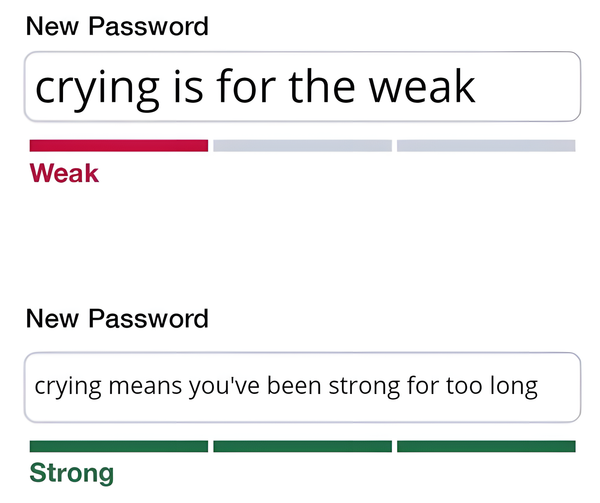Don't amplify the drama

We’ve all been there: that soul-crushing moment when a critical bug slips into production. Or when a key team member quits right before a major launch. Or when that ‘visionary’ CEO makes yet another tone-deaf statement that sets Twitter (yup, I refuse to call it X) ablaze. 🔥
It shouldn’t have happened, but it did. And yeah, it stings like hell.
But here’s the million-dollar question (or billion, if you’re chasing that unicorn status): What are you going to do about it?
The Tech Industry’s Emotional Rollercoaster
Let’s face it, the tech world is a pressure cooker of emotions. We’re constantly pushing boundaries, disrupting markets, and “moving fast and breaking things” (thanks for that gem, Zuck). It’s exhilarating, but it’s also a recipe for some epic failures and facepalm-worthy moments.
I’ve been in the trenches for over two decades, and I’ve seen it all:
- The “can’t-miss” product launch that fell flatter than a pancake
- The rock star developer who ragequit in the middle of a critical sprint
- The VC funding that evaporated faster than a drop of water in the Sahara
Each time, it felt like the world was ending. But guess what? It wasn’t.
The Stoic Developer’s Toolkit
Now, I’m not here to sell you on some new-age, kumbaya bullshit. But I am going to introduce you to some ancient wisdom that’s more relevant than ever in our high-stakes, high-stress industry.
Enter the Stoics – those OG philosophers who were basically writing self-help books before it was cool. Let’s break down their advice for dealing with tech’s inevitable clusterfucks:
1. The Marcus Aurelius Mantra: “You don’t have to turn this into something”
Imagine you’re Marcus Aurelius, running the Roman Empire (which, let’s be honest, was probably more chaotic than your average startup). His advice? Don’t amplify the drama.
That critical bug that slipped through QA? Sure, it’s a problem that needs fixing. But it doesn’t have to be:
- A referendum on your entire engineering process
- Proof that your team is incompetent
- The beginning of the end for your company
It’s just a bug. Fix it, learn from it, move on.
2. The Epictetus Approach: Grab the other handle
Epictetus was all about finding the perspective that serves you best. In tech terms, think of it as choosing the right framework for the job.
- Handle no. 1: “This is a disaster! We’re doomed!”
- Handle no. 2: “This is a challenge. How can we solve it and become stronger?”
Guess which handle leads to better outcomes and happier teams?
The High-Stakes Game of Letting Go
Now, I can already hear some of you protesting: “But this is serious! We can’t just ignore problems!”
- Dwelling on that failed product launch won’t magically improve your market fit
- Obsessing over that lost team member won’t bring them back
- Fuming about your CEO’s latest gaffe won’t change their behavior
What will make a difference? Focusing your energy on:
- Learning from mistakes
- Improving processes
- Building resilience in your team and product
The Stoic’s Guide to Tech Leadership
So, how do we apply this ancient wisdom in the fast-paced world of tech? Here’s your action plan:
- Cultivate Emotional Agility: Learn to acknowledge setbacks without being derailed by them. It’s okay to feel frustrated, but don’t let that frustration dictate your actions.
- Practice Perspective-Shifting: When faced with a challenge, ask yourself, “How might this look from a different angle?” Maybe that feature delay is an opportunity to refine your product strategy.
- Focus on Influence, Not Control: You can’t control market conditions, user behavior, or your co-founder’s questionable fashion choices. But you can influence your team’s morale, your product’s quality, and your own response to challenges.
- Embrace the Long Game: In the world of overnight unicorns and “move fast and break things,” it’s easy to get caught up in short-term thinking. But true success – and sanity – comes from playing the long game.
- Build a Culture of Resilience: Foster an environment where setbacks are seen as learning opportunities, not catastrophes. Celebrate the lessons as much as the wins.
The Choice Is Yours
At the end of the day, you have a choice. You can let every setback, every mistake, every unexpected challenge consume you. Or you can choose to be the calm in the storm, the voice of reason in the chaos.
(this post was originally published on my blog)



